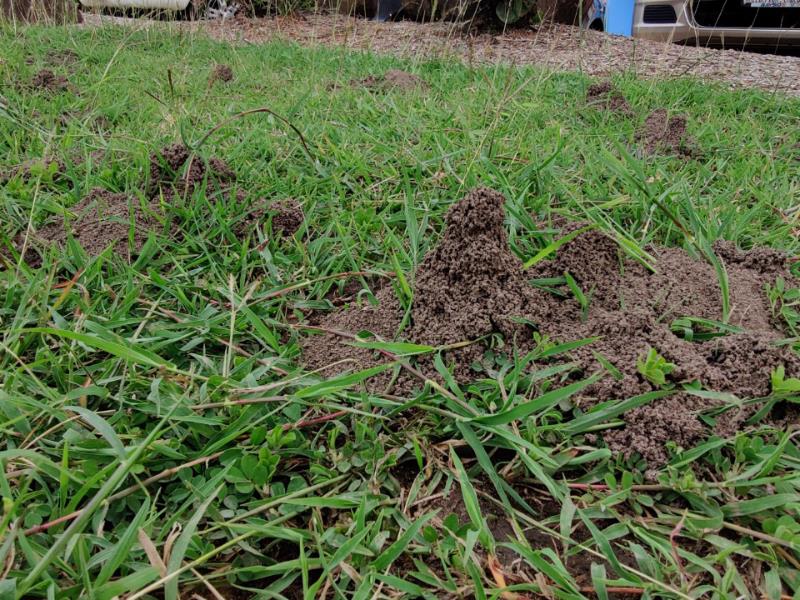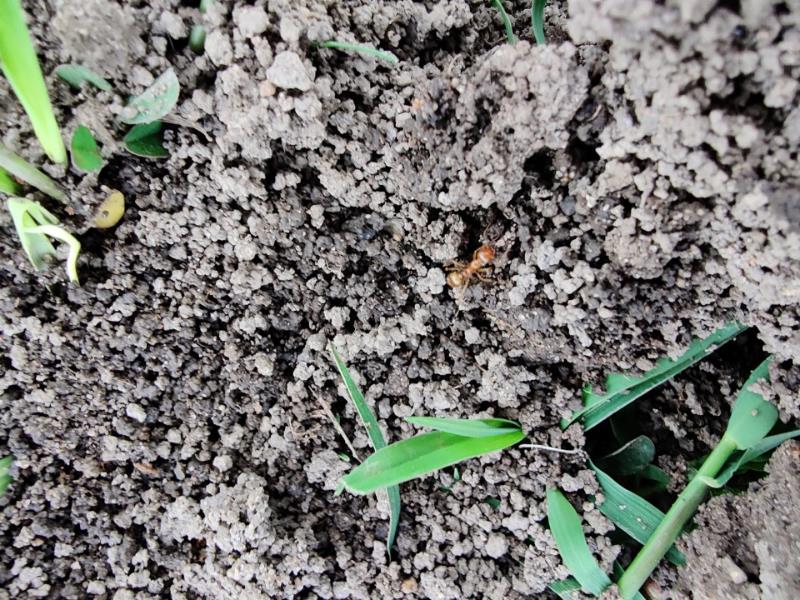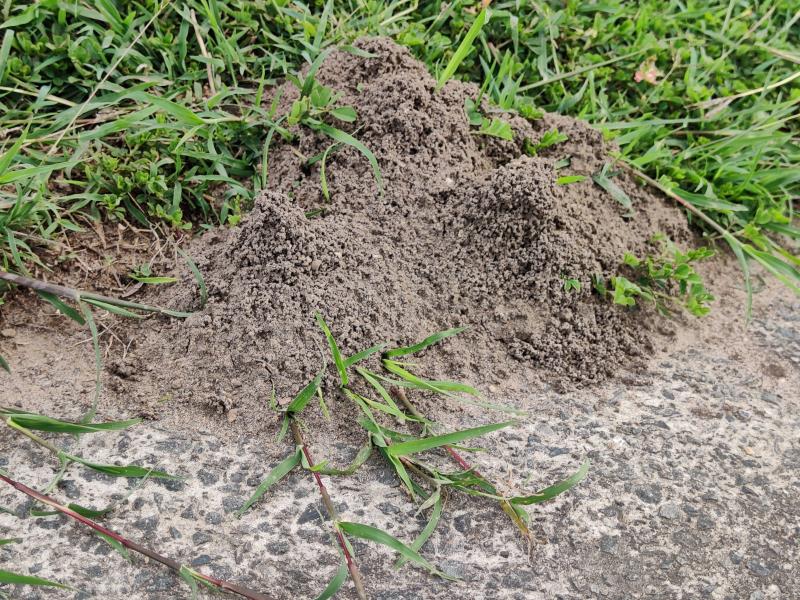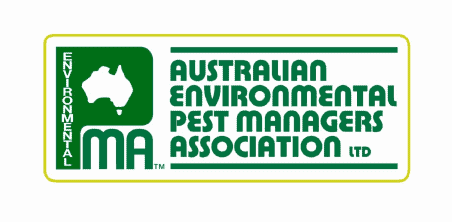
A series of funnel ant nests
Known in Australia via the common name ‘funnel ants’, the genus
Aphaenogaster of Myrmicine ants is about 200 species strong. They get
their name from the distinctive design of their nest entrances, which
take on a funnel shape.
The funnel ant is widespread around the globe, with various species
appearing everywhere except for sub-Saharan Africa, the southern
expanses of South America, and (as is common for pests) Antarctica.
These ants are often confused for those belonging to the genus’ Pheidole
and Carebara of the Myrmicine ants, though it should be noted that these
two both have major and minor castes, while the genus Aphaenogaster has
only a single worker caste.
What Do They Look Like?
As is also commonly the case with an overview of this level, the Aphaenogaster genus is quite diverse, which makes it difficult to describe their generic appearance. Typically, they are either a brown or black colour, though some species may appear grey as well. Their bodies and legs are incredibly gangly, with thin hairs running across every surface.
At a typical length of 5mm, they are one of the largest Myrmicine ants. Despite that size difference, however, it is easier to distinguish them from their Pheidole and Carebara counterparts by looking at their antennae. While both the Aphaenogaster and Pheidole ants will have segmented clavi, or ‘clubs’, at the ends of their antennae, the former will have four segments while the latter will only have three. Similarly, the antennae itself of an Aphaenogaster ant will have twelve segments, while a Carebara ant will have eleven.
These anatomical differences are used in addition to the occurrence of varying worker castes to determine which genus a living ant belongs to, though it can be difficult to apply this theory to fossil records. Fortunately, in that case, the anatomy of the ant is usually enough evidence to properly assign the fossil to the correct genus, and there are currently eighteen species of Aphaenogaster ants that have been found preserved via fossil records.

A series of funnel ant nests
When Are They A Threat?
Funnel ants, while vicious predators in their own sphere of influence, will typically avoid attacking human beings unless their nest is directly disturbed. Unfortunately, due to the way in which their nests are constructed, it is sometimes easier to do so than expected, and this can result in you being swarmed by a large colony of ants.
How Do They Form New Nests?
The nests of a funnel ant are one of the biggest distinguishing feature compared to other ants. These ants create a downward-sloping funnel shape at the entrance of their nest which can be as large as four centimetres in diameter, earning them their distinctive nickname. The entrance can go on to be thirty centimetres deep, though the rest of their nest will typically be significantly deeper and more extensive.
The expansive nature of their nests can actually compromise the structure of the soil around their nest, however. As a consequence of their tunnelling, the soil can become incredibly fragile and will be prone to collapse under even the slightest pressure, including any humans passing by overhead. The collapsed soil will ruin the nest and may even kill some ants, which will incite the remaining ants into attacking you as you have ’threatened’ their nest.
What Risk Do They Pose?
Unless you have an allergic reaction to a funnel ant, there is very little risk of the ant doing any serious damage to a human being, with few recorded noteworthy medical cases. However, their bite is considered to be quite painful, so it may be best to treat any wound with an icepack and some local anaesthetic spray, if they are available.
While the ants cannot do much damage, they may also contribute critically to the bioturbation of the local area, which means that ultimately, the risk of having funnel ant nests in some locations (such as farms) may outweigh the minor risk of being bitten should you happen upon their nest. Bioturbation is the process by which insects and animals alter the existing chemical properties of both soil and sediment, and anywhere that Aphaenogaster ants are naturally seen contributing to bioturbation, they are considered a critical supporting component to that region’s biodiversity.
Similarly, Aphaenogaster ants also have a beneficial relationship with the aphids they find on the roots of nearby plants. Aphids feed off of the plants but leave behind sugary fluid, which the ants will take back to their nest for food. The ants, meanwhile, will feed on some predators of the aphids, such as beetles, which makes it safer for aphids to eat while funnel ants are nearby.
Is There Anywhere In Particular They’re A Bigger Threat?
Funnel ants will build nests in forests, woodlands, and urban areas, so long as there is a source of food nearby. However, most funnel ants have only been discovered along or near to the Eastern Seaboard of the country, with there only being a single notable region that reports funnel ant activity in Western Australia. While travelling in any region along the east coast, pay attention to the appearance of any funnel-shaped ants’ nests, and take care when treading nearby to them to avoid accidentally trampling the colony and finding yourself victim to some painful ant bites.











